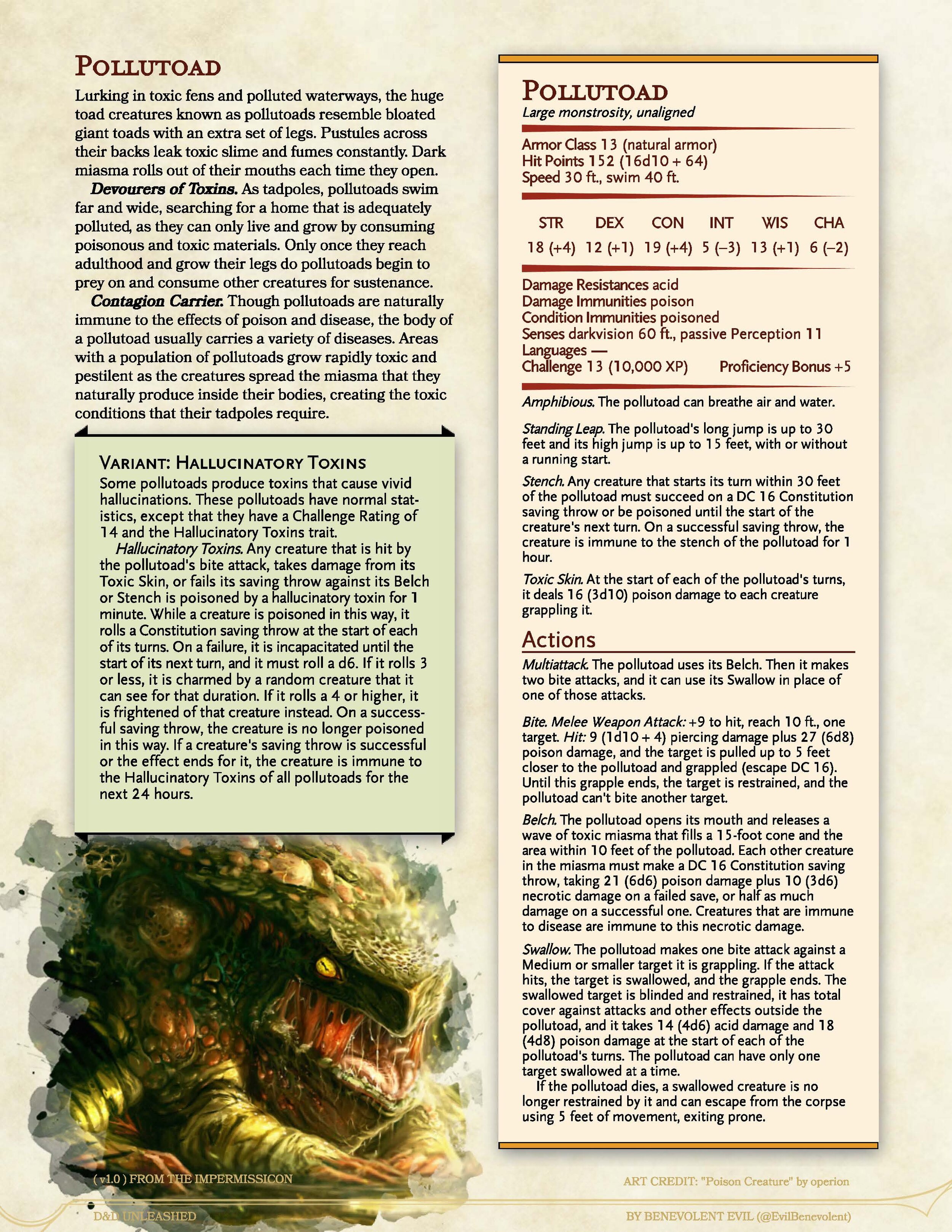
.jpg)

In fact, it’s pretty rare that I have to reference any other book. When learning how to create a D&D monster, this is your best resource. Once I have the concept, I then turn to the book I consider the “Rosetta Stone” of Dungeons & Dragons Fifth Edition: the Monster Manual. Why? Because I love goblins! Plus, this artwork from MTG artist Mike Burns is just too funny! Step #2 – Figure out the “base monster.” In this example, I want to create a two-headed goblin. Once I have the basic concept down, I do a little shopping. Is the monster a minion? Or is it a big bad evil guy/girl (BBEG)? Do I want the monster to be memorable, or do I want the monster to be sort of an “asshole monster”, the type my players will never forget? The first thing I do when I create new monsters for Dungeons & Dragons Fifth Edition is think about what I want the monster to do and what its purpose not only in the game is, but the fantasy world itself.


 0 kommentar(er)
0 kommentar(er)
